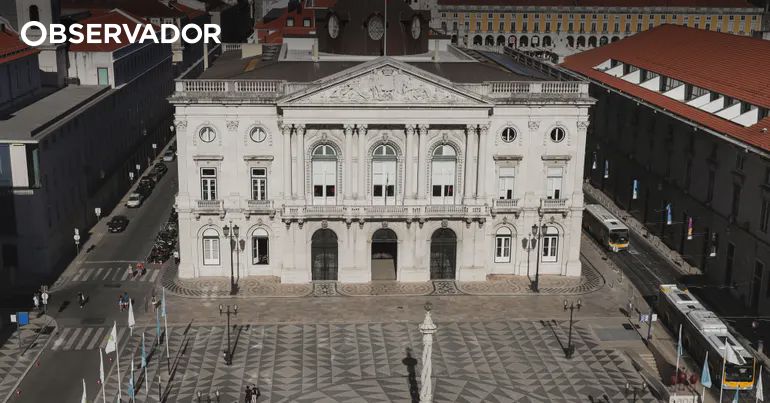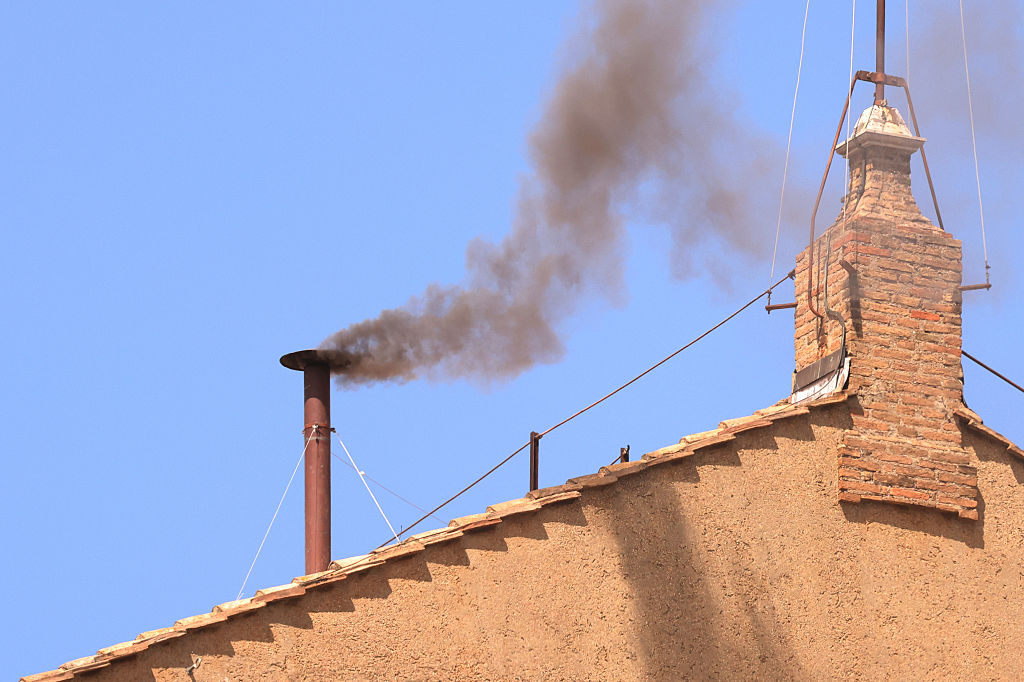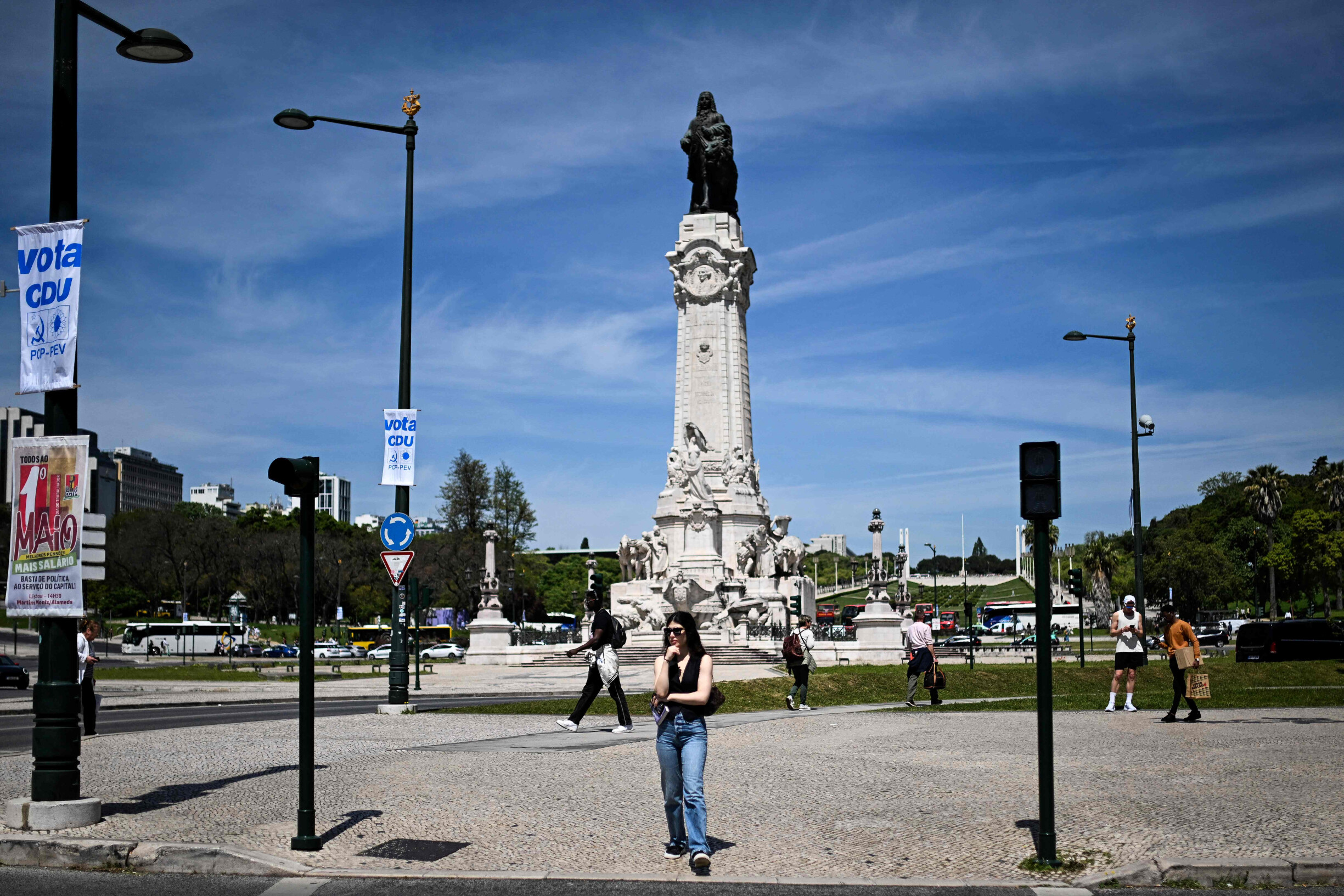After a lengthy legal battle involving the Portuguese state and part of Eça de Queiroz's family, the renowned writer will be transferred to the National Pantheon in Lisbon on January 8. This transfer follows a weekend of activities organized by the Eça de Queiroz Foundation, including free visits, a writing workshop, and a dinner at the house in Tormes, Baião.
Eça de Queiroz, author of classics like A Cidade e as Serras and Os Maias, passed away on August 16, 1900, and was initially buried in Lisbon. His remains were moved to a family tomb in Santa Cruz do Douro in 1989. Now, 125 years later, forensic specialists indicate that only bones will be transferred, explaining the processes that occur to the human body post-mortem.
125 Years Later, Only Bones Remain
According to forensic doctor Mário Sardinha, considering the time since Eça's death, "the natural state is that the body is reduced to bones." Although some parts of the skeleton may have decayed, stronger bones like the femur are likely still intact. Forensic anthropologist Eugénia Cunha agrees, emphasizing that the body will be skeletonized by now, a process that occurs within a few years.
The Possibility of Mummification
Eça died in Paris while serving as Portugal's consul and was temporarily buried in Saint-Pierre de Neuill before being transported to Lisbon. While there is no evidence of preservation, Cunha suggests that, in rare cases, natural mummification may occur, as seen with King D. Dinis, whose remains still contain other elements after 700 years.
Does the Burial Environment Matter?
Eça's remains were not buried underground but kept above ground, which allows for different air circulation and cooler conditions, potentially affecting decomposition. Sardinha does not expect mummification after more than a century without preservation.
How Long Until Skeletonization?
Decomposition varies widely, but it generally involves several stages: autolysis, putrefaction, colonization, butyric fermentation, and finally skeletonization. While some bodies may decompose in a few weeks, it's more common for this process to take several years. Portuguese law prohibits opening a grave before three years, the average time for skeletonization.
Factors Affecting Decomposition
Experts note at least six factors that influence decomposition: humidity, temperature, soil type, oxygen access, exposure to external agents, and the individual's characteristics (e.g., body fat or diseases). The cause of Eça's death remains unknown but includes theories ranging from tuberculosis to various cancers.
How Long for Skeletons to Turn to Dust?
Sardinha explains that this process can take "thousands of years," with skeletons from ancestors still being discovered in archaeological digs today. The preservation of bodies, like the famous Egyptian mummies, illustrates this phenomenon.






















Comments
Join Our Community
Sign up to share your thoughts, engage with others, and become part of our growing community.
No comments yet
Be the first to share your thoughts and start the conversation!